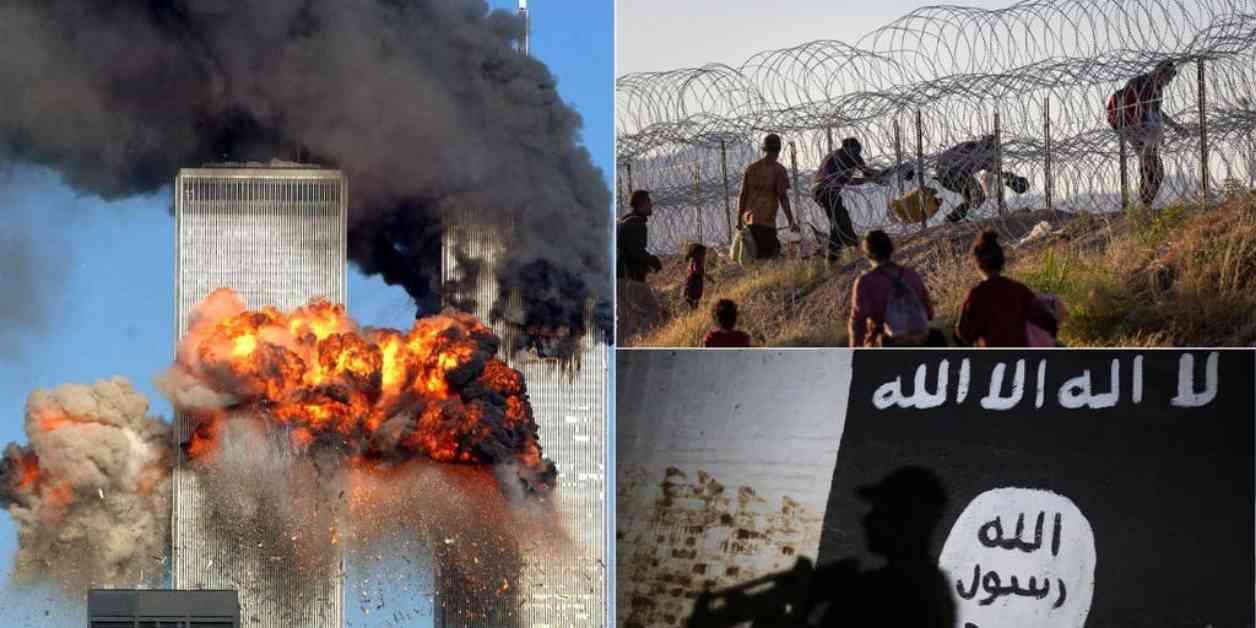The risk of a major terror attack on U.S. soil is currently very high, according to experts. Cities like New York City and Washington, D.C. are particularly vulnerable to such attacks. Despite increased surveillance and airport security measures since the tragic events of 9/11, the world has changed significantly. Technology has advanced, the internet is more accessible, and the open border of the United States allows for millions of unvetted individuals from around the world to enter the country.
Paul Mauro, a retired NYPD inspector with extensive experience in counterterrorism, emphasizes the importance of assessing the potential for a new attack based on criminal factors such as means, motive, and opportunity. He highlights the increased interconnectedness of the world, the availability of drones, and the use of the internet for nefarious purposes. Mauro points to current global hot spots like the Middle East, where threats from countries like Iran and groups seeking revenge are prevalent.
The southern border of the United States is identified as a significant opportunity for terrorists to infiltrate the country. Mauro criticizes the lack of vetting for the millions of individuals entering the U.S. post-9/11 and warns of the potential for criminal activities related to migrant influx. Former CIA Deputy Director Mike Morrell also expresses concerns about vulnerabilities at the U.S.-Mexico border, noting that the terror threat is a major concern.
FBI Director Christopher Wray and U.S. Central Command (CENTCOM) Gen. Michael Kurilla confirm the serious threats posed by terrorist groups like al-Qaeda and ISIS. They highlight the ongoing efforts to combat these groups in regions like Iraq and Syria. Kurilla specifically warns about the capabilities of ISIS-K to carry out attacks against U.S. or Western interests with little warning.
Wray emphasizes the increasing concern about potential attacks inspired by events in the Middle East. He highlights the growing threats from foreign terrorist organizations and the possibility of coordinated attacks on U.S. soil. Attorney General Merrick Garland echoes these concerns, emphasizing the heightened threat level since recent events.
Mauro identifies New York City and Washington, D.C. as the top targets for potential terror attacks, along with other densely populated cities. He discusses the nightmare scenario of a bio-chem event as the most devastating type of attack that could occur, emphasizing the potential for mass casualties and contamination in enclosed environments.
In conclusion, the warnings from experts and officials paint a grim picture of the current terror threat landscape in the United States. The vulnerabilities at the U.S.-Mexico border, the capabilities of terrorist groups, and the potential for coordinated attacks all contribute to the urgent need for heightened security measures and vigilance to prevent catastrophic events on American soil.




